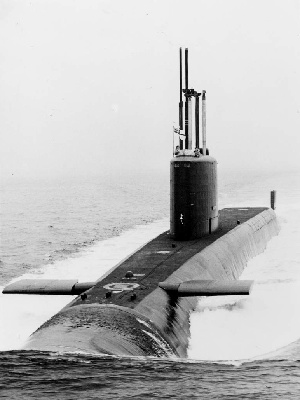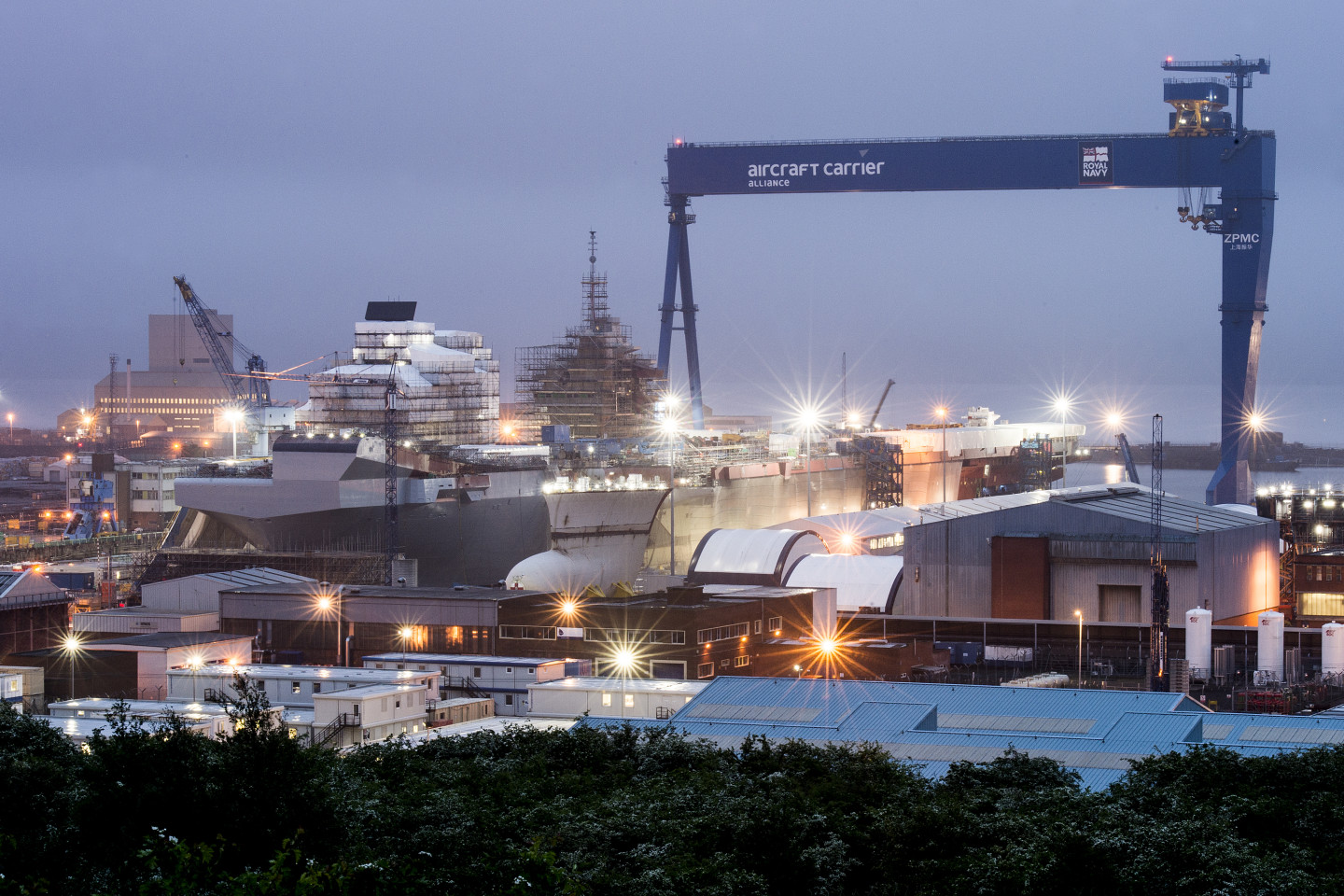The nuclear safety regime at the Rosyth naval dockyard in Fife has been called into question after an emergency exercise failed to demonstrate adequate arrangements for rescuing casualties from an accident.
The UK government’s nuclear safety watchdog has ordered Babcock, the multinational company that runs the dockyard for the Royal Navy, to rerun the exercise, codenamed Nightstar, in March because of mistakes made last September.
An inspection by the Office for Nuclear Regulation (ONR) concluded that there were flaws in the way that staff looked after injured people during the exercise. There were also communication and command problems in dealing with the imagined accident.
The revelation has prompted “unease” about safety at the naval base, according to the local MP. Anti-nuclear campaigners have highlighted the serious risks of accidents, and demanded higher standards.
The problems with the Nightstar exercise on 30 September 2015 were disclosed in the ONR’s latest three-monthly report on Rosyth, posted online. Though inspectors thought that some of the exercise procedures were adequate, others were not.
“The capability in relation to casualty recovery, communications and command and control at the incident scene was not considered by the attending ONR inspectors to be fully demonstrated,” the report said.
“Site will undertake a partial re-demonstration of the emergency arrangements in the areas of casualty recovery and procedures and protocols at the incident scene.”
Neither ONR nor Babcock would say any more about the precisely what had gone wrong, nor what accident scenario was being exercised. In 2012 a previous exercise envisaged a waste drum being dropped, spilling radioactive waste and injuring a worker.
Exercises are regularly held at nuclear sites to test safety procedures, and inspected by ONR. In the past inspectors have found multiple problems at other sites, including dealing with radioactively contaminated victims, communication breakdowns and bureaucratic delays.
Douglas Chapman, the SNP MP for Dunfermline and West Fife, plans to raise worries about Rosyth’s emergency arrangements at the next meeting of the House of Commons Defence Select Committee, of which he is a member. “It is of concern that the usually high standards were not met and these findings will create some unease in the local community,” he said.
“I would hope that the operators will be in a position to make good on all the issues highlighted by ONR and that procedures have been reviewed to meet all the regulatory requirements and that all these procedures are now firmly in place. I will be closely monitoring the outcome of the next site report.”
The Scottish Campaign for Nuclear Disarmament argued that a real nuclear accident at Rosyth would cause casualties. “This report from ONR shows that the response to such an accident would be inadequate,” said campaign coordinator, John Ainslie.
“Those who were injured would not be properly cared for. The public and workforce have a right to expect higher standards from all nuclear facilities in Scotland, including Rosyth.”
Peter Burt from the Nuclear Information Service thought it was “troubling” that Babcock had failed to deliver a high standard of emergency response to an accident. “It’s a particular concern that Babcock’s emergency arrangements were not able to demonstrate that casualties could be safely recovered from the scene,” he said.
Babcock pointed out that ONR had found general safety arrangements at the site to be adequate. “An improvement was recommended and accepted by the company in one of the areas relating to emergency arrangements,” said a company spokesman.
“A partial re-demonstration will be undertaken following further training – highlighting the benefit in conducting these exercises. We continue to work closely with the relevant authorities and services to ensure our arrangements remain fully tested.”
An ONR spokesman said: “The partial re-demonstration of the exercise will take place in early March 2016. We don’t have anything more to add about the exercise and we will report on the partial exercise in future quarterly updates.”
Disposing of nuclear submarines

The Rosyth naval dockyard is home to seven defunct nuclear submarines, which the Ministry of Defence (MoD) has been trying to work out what to do with for more than a decade.
The MoD’s latest plan is to dismantle the boats at Rosyth, and then to transport the resulting 3,600 tonnes of radioactive waste to a disposal site yet to chosen.
One option was an old nuclear site Chapelcross near Annan in Dumfries and Galloway. But since this is opposed by the Scottish Government, the waste is now more likely to end up at one of four existing nuclear sites in England.
Preparing the facilities for dismantling the submarines at Rosyth ran into a problem in June 2015 when the UK government’s Office for Nuclear Regulation (ONR) took legal enforcement action to ensure safety. It required assurances that an old building had been sufficiency improved to play its part.
An inspection by ONR last autumn concluded that the necessary upgrades had been made to the building, and the enforcement action ended. In December a senior manager at Fife Council, Roy Stewart, said that “good progress” was being made in the submarine dismantling project.
A dock is being equipped to remove radioactive waste from the first “demonstrator” submarine, HMS Swiftsure. The aim is to start dismantling the boat in May.
Looking after the submarines to ensure that radioactivity doesn’t leak and contaminate the environment has cost the MoD £13.5 million over the last five years.
A version of this story was published in the Sunday Herald on 10 January 2016.














